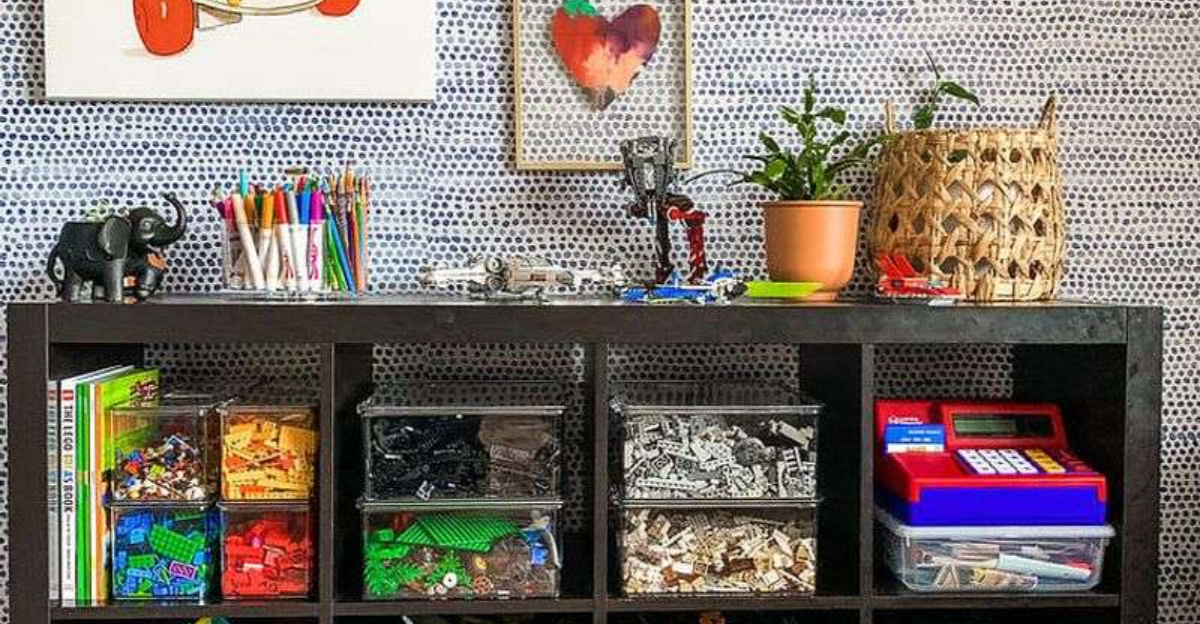Living with less doesn’t mean living without organization. Minimalists have mastered the art of streamlined storage by rejecting common organizing products that actually create more visual clutter.
Instead of filling their homes with typical storage solutions, they opt for sleek alternatives that serve multiple purposes while maintaining clean aesthetics.
1. Plastic Storage Bins Banished
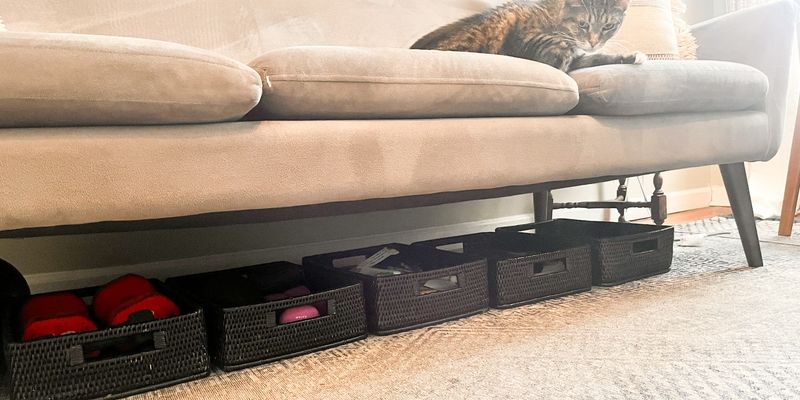
Colorful plastic bins might organize your stuff, but they’re eyesores that encourage hoarding more items than necessary. Minimalists skip these bulky containers entirely.
Instead, they keep only what fits in existing furniture with built-in storage. A sleek bench with hidden compartments or a bed with drawers underneath eliminates the need for extra containers while maintaining clean sightlines.
2. Drawer Dividers Ditched
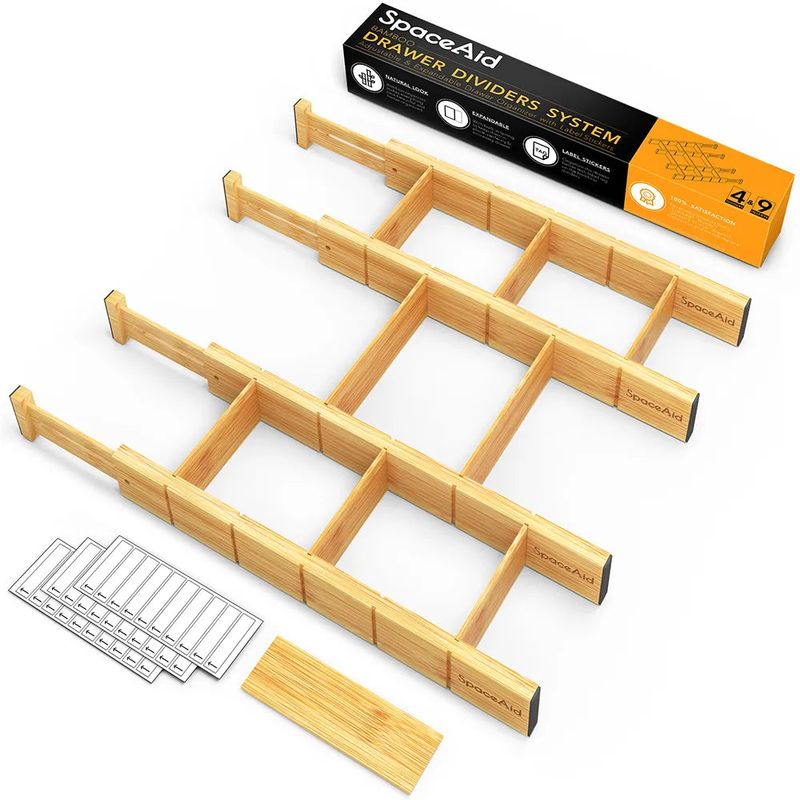
Standard plastic drawer organizers waste precious space with rigid compartments that rarely fit your specific items. They’re also made from non-sustainable materials that eventually end up in landfills.
Smart minimalists use adjustable bamboo dividers or repurpose small linen pouches. These flexible solutions adapt to changing needs and can be compressed or removed entirely when not needed, allowing drawers to breathe.
3. File Cabinets Farewell

Bulky metal file cabinets consume valuable floor space while encouraging paper hoarding. Most documents can now be digitized, making these office dinosaurs unnecessary.
Forward-thinking minimalists maintain slim document boxes for essential papers only. A single decorative box on a shelf stores birth certificates and other irreplaceable documents while digital storage handles everything else, freeing up both physical and mental space.
4. Closet Organizer Systems Scrapped
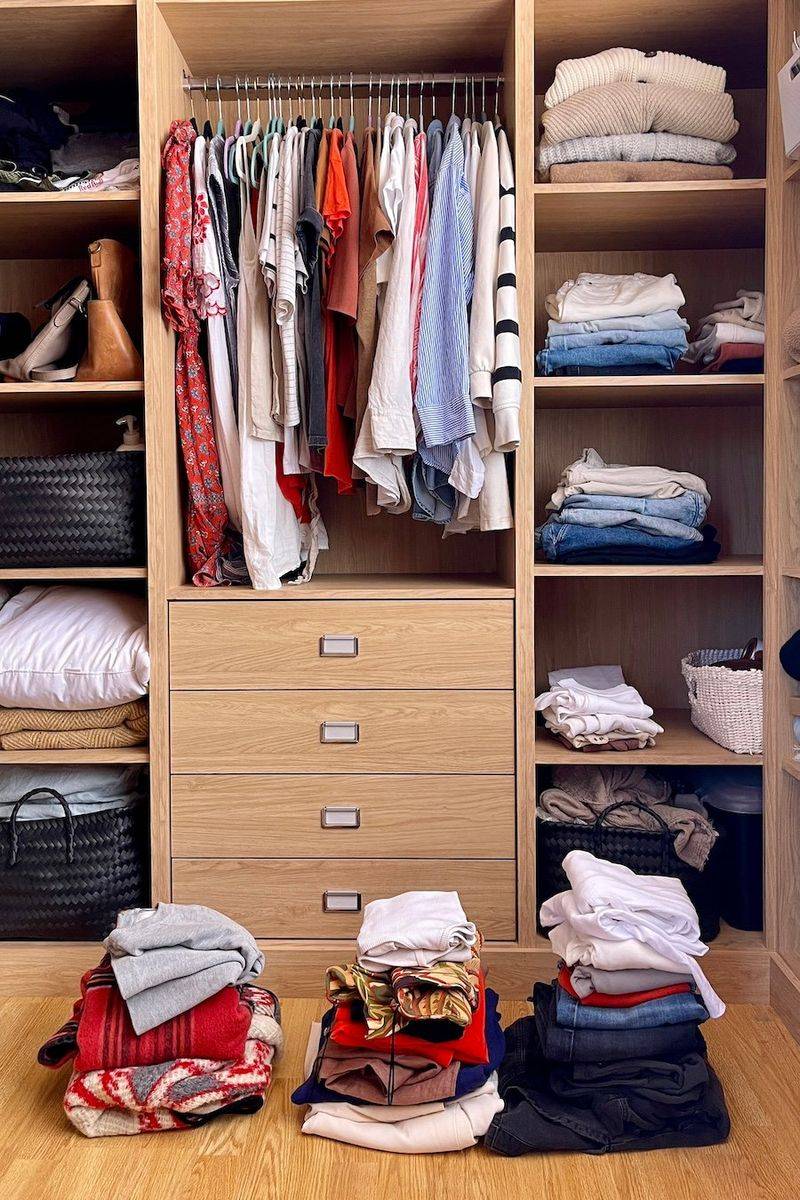
Elaborate closet systems with specialized compartments for every accessory create the illusion of organization while enabling excessive consumption. More hangers and cubbies just mean more stuff.
Capsule wardrobe devotees prefer wall-mounted hooks and a few quality hangers. By limiting storage capacity intentionally, minimalists maintain clothing collections that truly serve them rather than overwhelming spaces with rarely-worn items.
5. Bathroom Caddies Abandoned
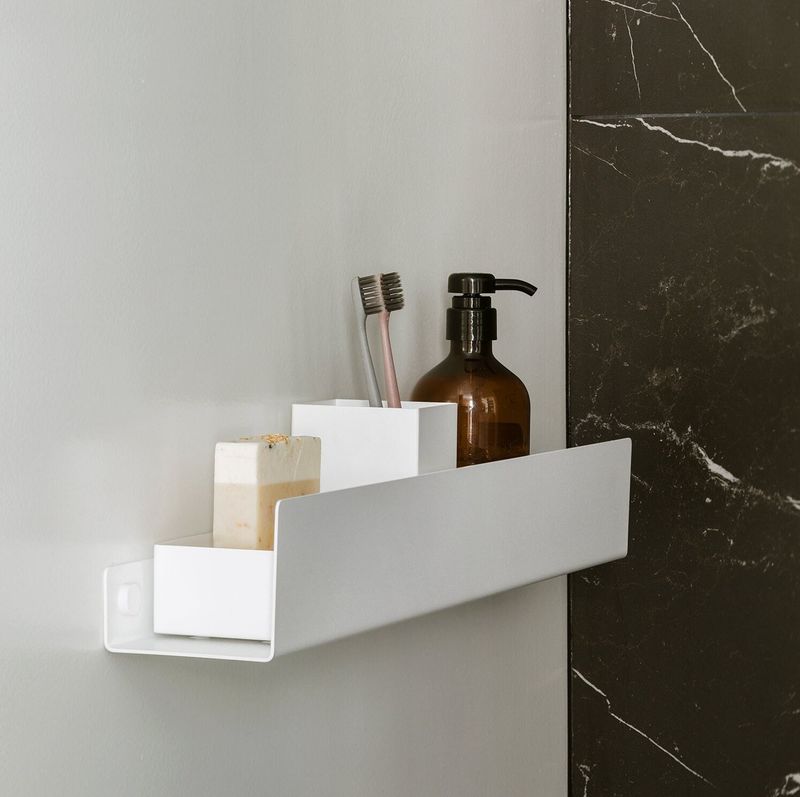
Shower caddies collect grime, rust, and too many half-empty product bottles. Multiple toiletry organizers around sinks create countertop chaos rather than order.
Bathroom minimalists install simple wall niches during renovation or use a single wooden tray for essentials. By limiting products to multi-purpose formulas in refillable containers, storage needs shrink dramatically while aesthetic appeal increases.
6. Kitchen Gadget Drawers Gone

Dedicated drawers for kitchen gadgets become jumbled graveyards of single-purpose tools used once a year. Even with organizers, these spaces waste valuable kitchen real estate.
Culinary minimalists hang essential tools on wall-mounted magnetic strips or hooks. Keeping tools visible ensures regular use while freeing drawer space. Multi-purpose implements like quality chef’s knives replace collections of specialized slicers and dicers.
7. Craft Supply Containers Cleared

Elaborate craft organizers with dozens of compartments encourage accumulating materials “just in case.” Soon creativity becomes buried under management of supplies rather than actual making.
Creative minimalists use wall-mounted pegboards with adjustable components. Materials stay visible yet orderly, inspiring actual use rather than storage. Projects get finished because supplies remain accessible without rummaging through stacked containers.
8. Shoe Racks Removed
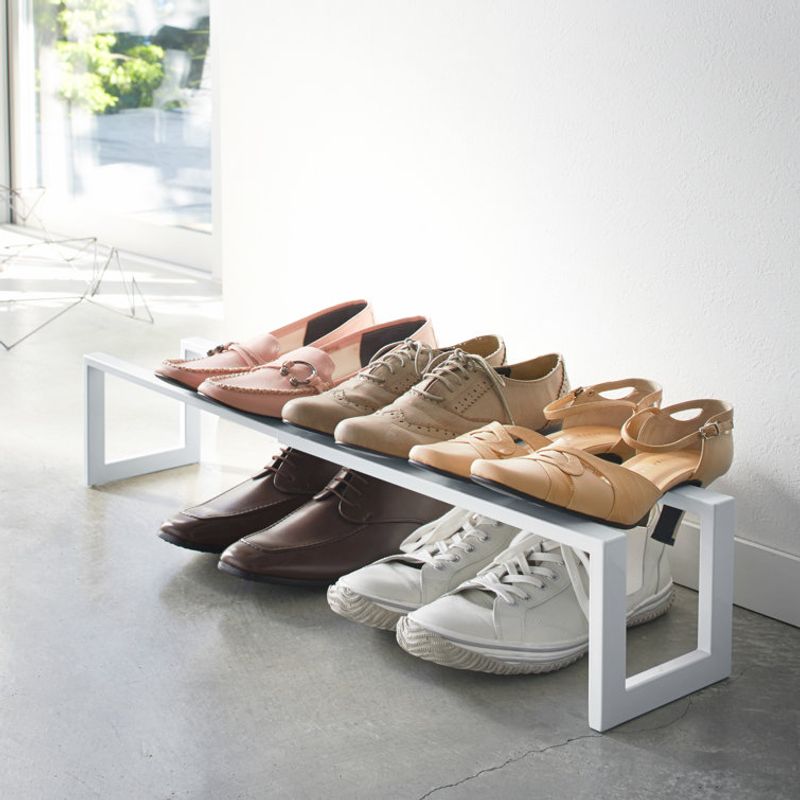
Multi-tier shoe racks encourage collecting footwear beyond actual needs. Each new pair demands space, creating a footwear museum rather than a functional collection.
Footwear minimalists designate a single shelf or floor space for in-season shoes only. Off-season pairs get stored away or, better yet, the collection stays small enough that everything remains accessible year-round. Quality wins over quantity through careful curation.
9. Jewelry Boxes Jettisoned
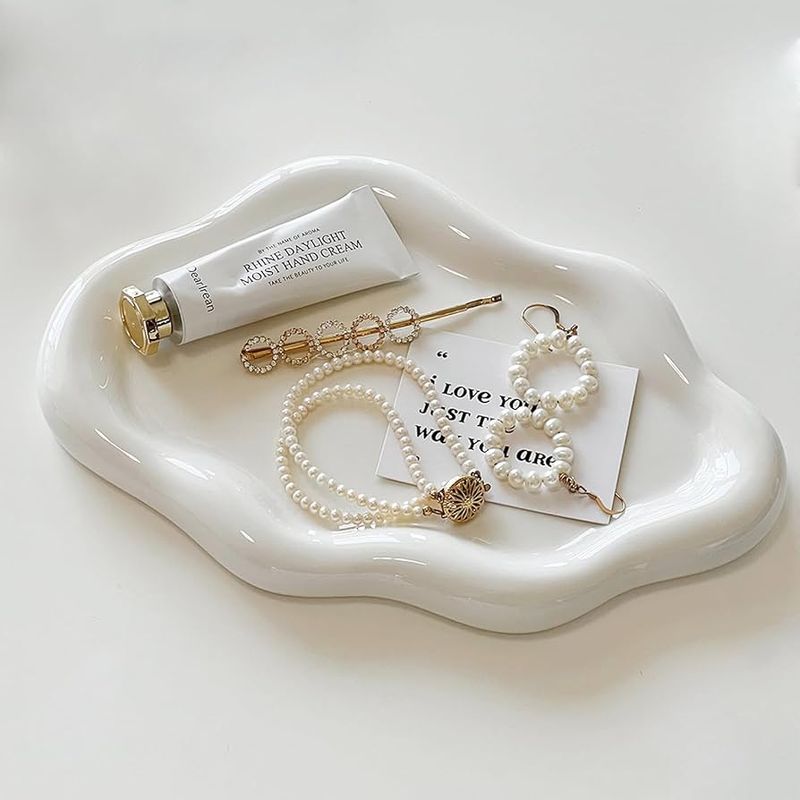
Traditional jewelry boxes hide accessories in multiple compartments, leading to forgotten pieces and unnecessary duplicates. Tangled necklaces and missing earrings become the norm despite organized intentions.
Accessory minimalists display jewelry as art on ceramic dishes or simple wall-mounted hooks. Daily-wear pieces remain visible and accessible while special-occasion items get curated down to the truly meaningful. Nothing gets lost when everything has a visible home.
10. Pantry Organizers Purged
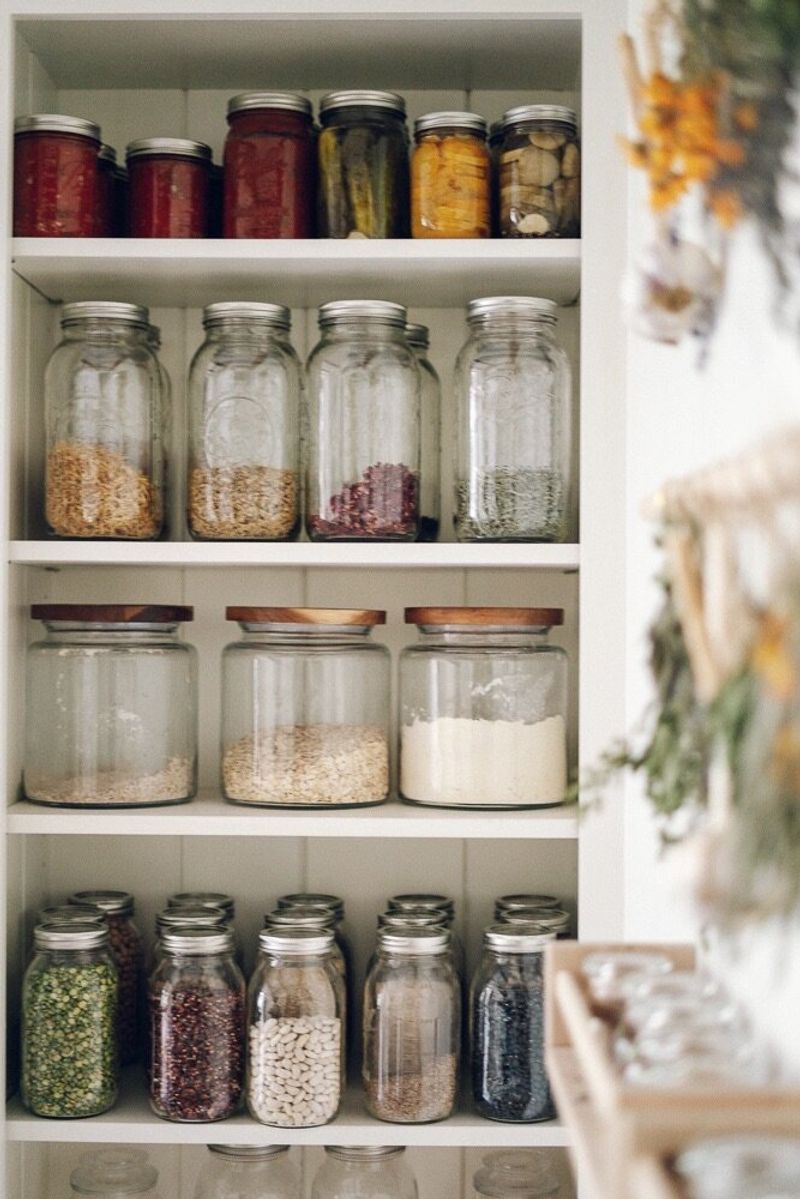
Stackable pantry bins and specialized food containers create the appearance of organization while enabling food hoarding. Items get forgotten in the back of deep containers despite categorization attempts.
Kitchen minimalists use open shelving with a limited selection of glass jars. Food remains visible, preventing waste and inspiring meal preparation. Buying only what’s needed for the week eliminates complex storage systems entirely.
11. Laundry Sorters Sacked
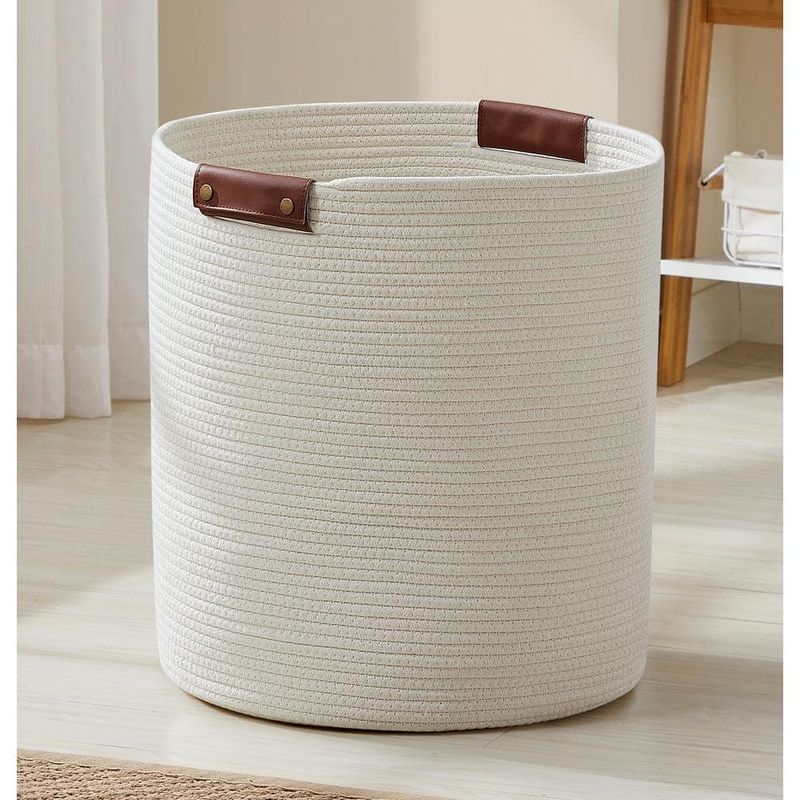
Multi-bin laundry sorters consume space while encouraging letting dirty clothes accumulate. Complex sorting systems often result in half-filled loads and wasted water and energy.
Laundry minimalists use a single beautiful basket and wash clothes more frequently. Small, regular loads eliminate the need for extensive sorting while preventing the psychological weight of mounting laundry piles. The basket doubles as décor rather than an eyesore.
12. Toy Organizers Tossed
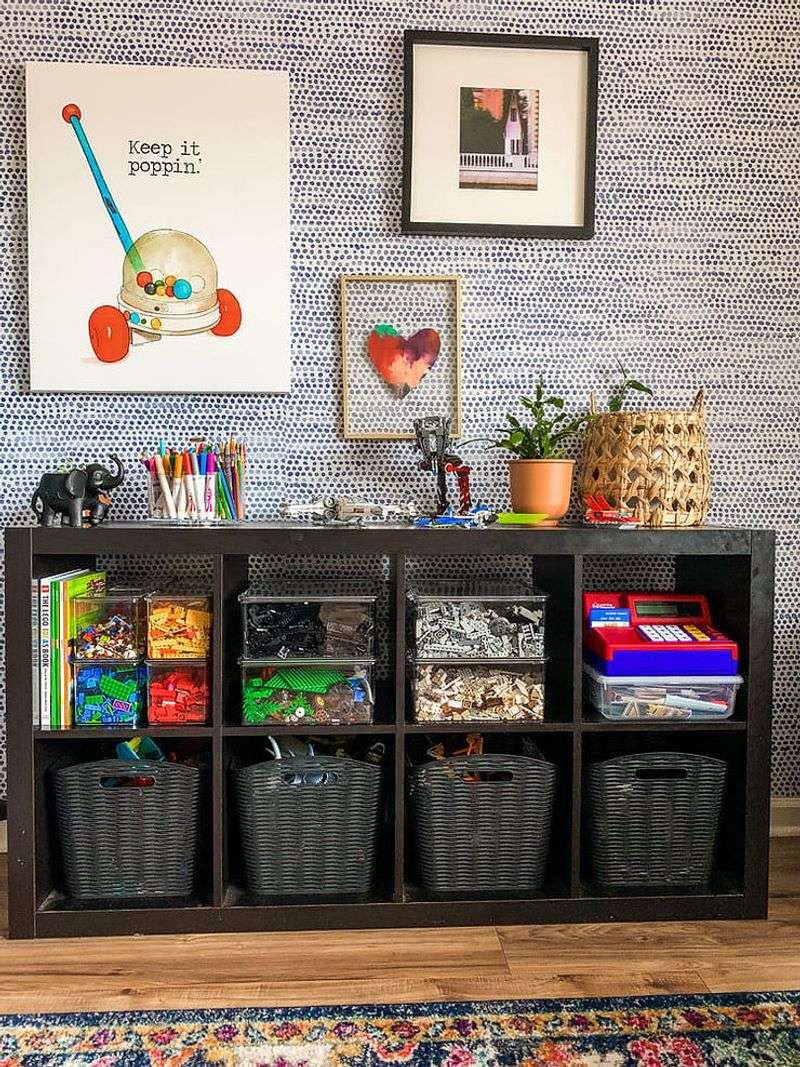
Elaborate toy storage systems with color-coded bins seem helpful but actually enable toy overload. Children get overwhelmed by too many choices despite the organizational attempt.
Minimalist parents rotate toys using hidden storage, keeping only a few options available at once. A simple basket or low shelf holds the current selection, encouraging deeper play and creativity with fewer options. Children learn quality engagement trumps quantity.
13. Garage Shelving Systems Scrapped
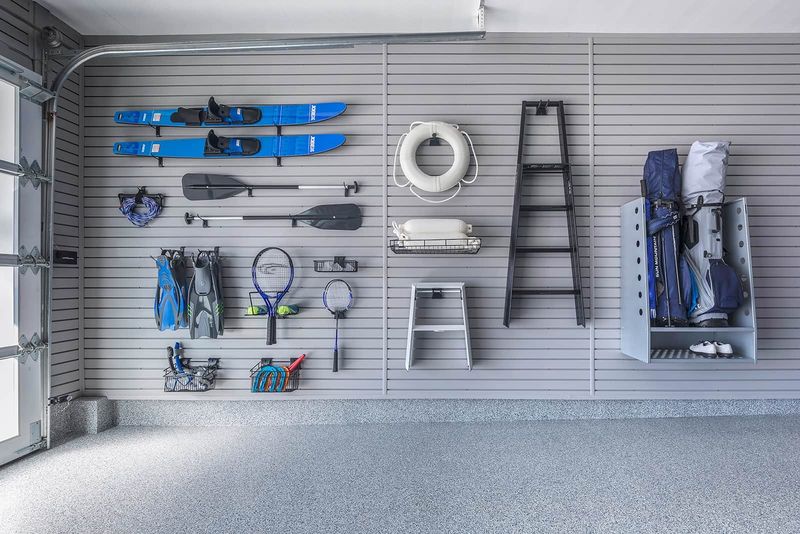
Heavy-duty garage shelving units invite collecting rarely-used items “just in case.” Soon garages become warehouses for forgotten purchases rather than functional spaces.
Garage minimalists install wall-mounted tools and equipment, leaving floor space open. Seasonal items get evaluated yearly—borrowed or rented options replace rarely-used possessions. Cars actually fit in garages when storage doesn’t dominate every wall.
14. Book Shelves Bypassed
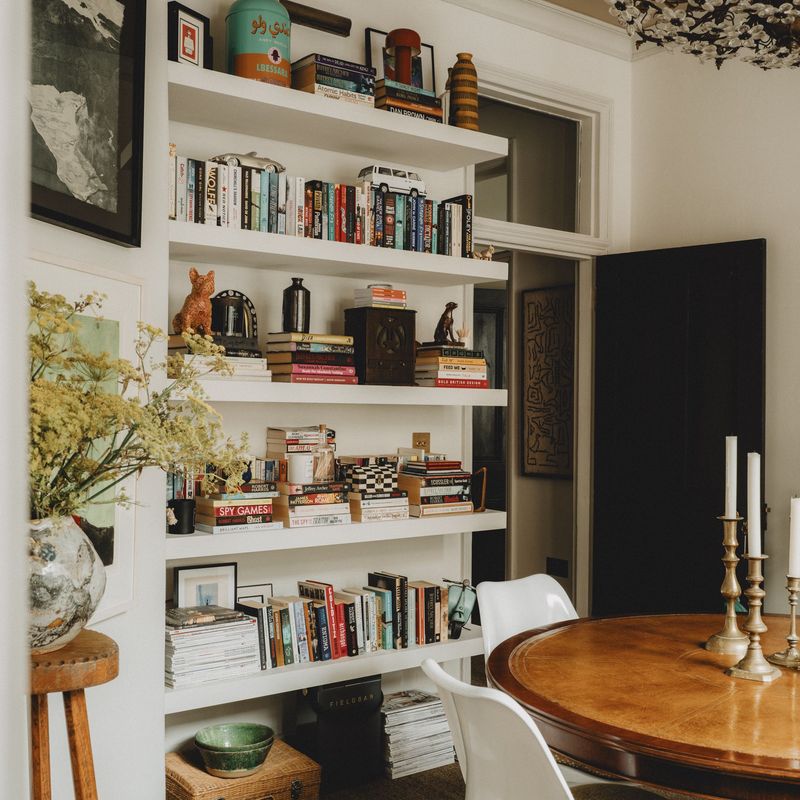
Traditional bookshelves encourage accumulating volumes that often serve more as decoration than actual reading material. Dust-collecting tomes take up significant space in most homes.
Literary minimalists choose floating shelves displaying only current reads and absolute favorites. Digital libraries handle reference materials and one-time reads, while a thoughtfully curated physical collection contains only books that truly earned their space through repeated enjoyment.
15. Holiday Decoration Boxes Banished
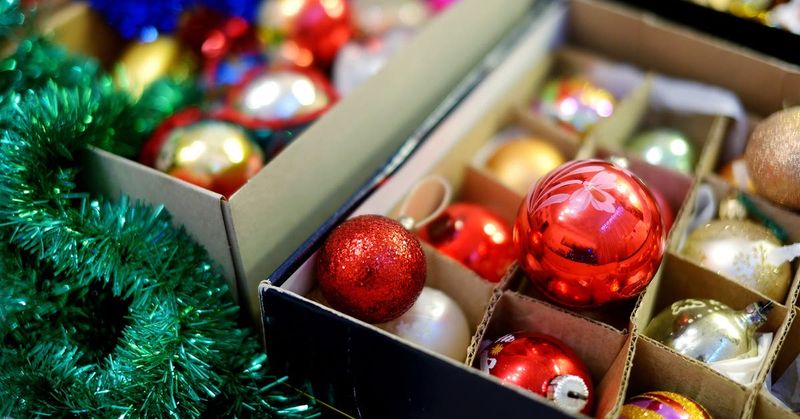
Seasonal decoration storage containers occupy valuable attic or closet space year-round for items used briefly. Collections typically grow annually, demanding ever-increasing storage solutions.
Holiday minimalists choose a few meaningful, quality decorations that pack into a single basket. Natural elements like pine branches or fresh flowers replace stored artificial items. Experiences and traditions take precedence over extensive decoration collections that require elaborate storage systems.

